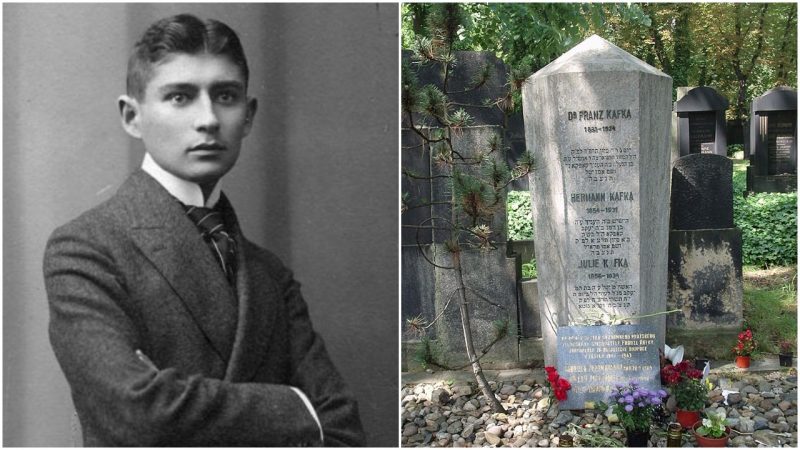Franz Kafka is nowadays considered as one of the most important writers of all time. His novels and short stories are notable for their fusion of realism and fantasy, and for their recurring themes which include existential anxiety, absurd bureaucracy, alienation, and guilt.
During his life, Kafka published two collections of short stories and several stories in literary magazines of the time. However, the majority of his work was published after his death. Before he died, Kafka instructed his best friend, Max Brod to burn all of his manuscripts.
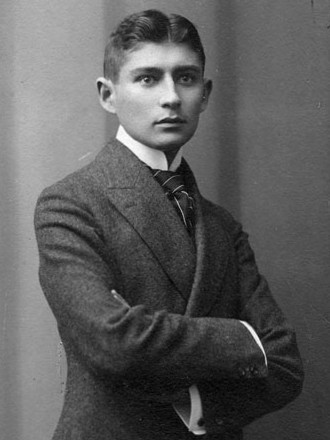
Brod disobeyed Kafka’s wishes and decided to publish Kafka’s writings because he recognized their immense literary value. Kafka’s famous novels The Trial, “America,” and “The Castle” were all published posthumously. They were soon proclaimed exceptional by literary critics and theorists, and they still continue to inspire writers, readers, artists and philosophers.
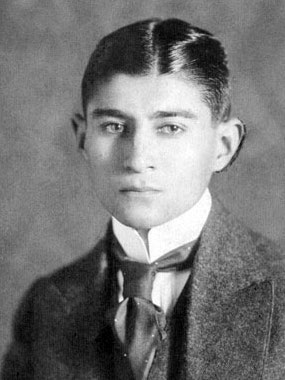
The Castle was Kafka’s last known work. The narrative follows a protagonist named K. who moves to a small village and desperately tries to contact the mysterious authorities who govern the village from a fortified castle. The novel is characteristic for its incredibly somber and surreal atmosphere, and prominently features Kafka’s contemplation on bizarre bureaucracy and absurdity of existence.
Kafka started writing The Castle in 1922 when he arrived at the mountain resort of Spindlermühle which is nowadays a part of the Czech Republic. At that time he was already suffering from severe tuberculosis but intended to finish the novel over the course of the next several years.
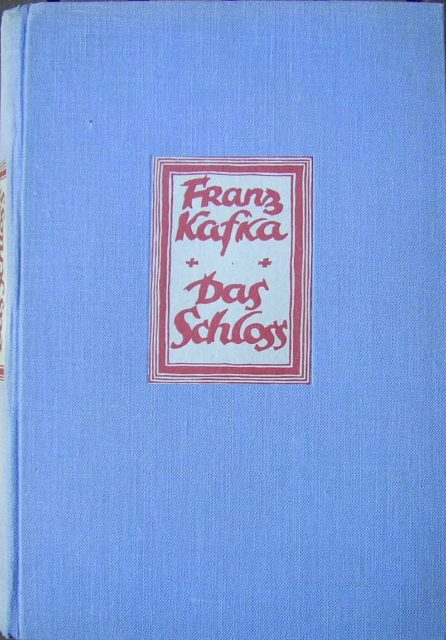
Kafka died of tuberculosis on June 3rd, 1924, aged 40. He got close to finishing the novel, but the novel ends mid-sentence due to his untimely death. The final sentence reads:
“She held out her trembling hand to K. and had him sit down beside her, she spoke with great difficulty, it is hard to understand her, but what she said…”
Several months before his death, Kafka told his friend Max Brod that the novel would end with the protagonist dying in the village and that the village authorities would posthumously accept him as a new citizen.
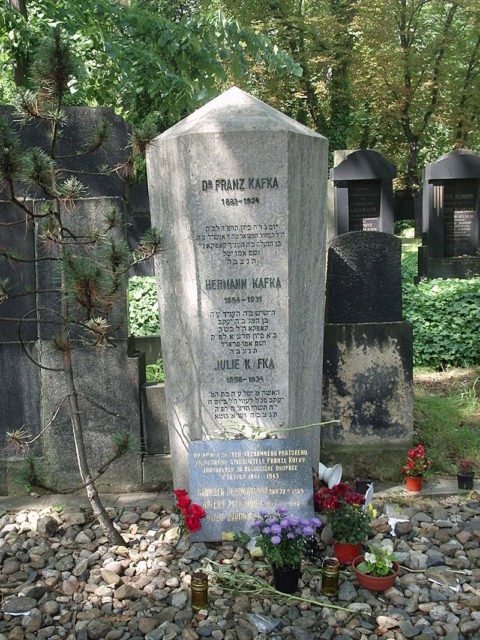
Brod edited the work and published it in 1926. The novel was poorly received at first but gained international acclaim in the 1930’s. As an executor of Kafka’s literary estate, Brod donated the original manuscript to the Oxford University, so that the Oxford scholars could study it in-depth.
Franz Kafka was an exceptional modernist author and a literary giant, but we wouldn’t have been able to enjoy any of his major works if Max Brod had decided to fulfill his wishes. Thankfully, Brod recognized Kafka’s genius and decided to share it with the world.
